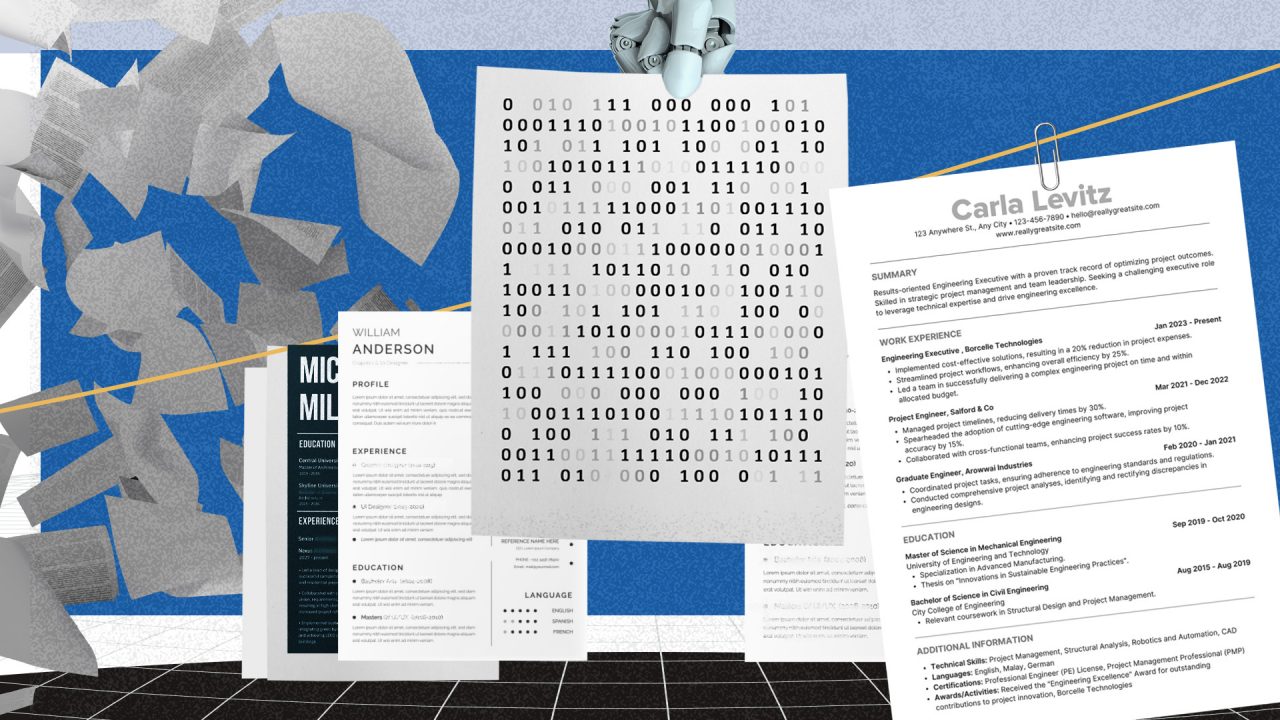2026 HR Trends: Top 7 Strategies Shaping the Future of Work
Discover actionable insights on workforce fragmentation, AI-driven recruitment, polyworking, inclusion & diversity, real-time upskilling, and performance management. Learn how leading organizations are adapting policies, technology, and culture to drive retention, innovation, and competitive advantage in a rapidly evolving landscape.
Featured Articles
AI didn’t live up to the hype in 2025, but companies aren’t giving up in 2026. Learn how AI implementation is moving into a more pragmatic phase.
Discover how HR leaders can transform I&D from a social cause into a measurable, legally compliant strategy that drives performance, innovation, and business growth.
Workforces are fragmenting to retain employees and keep their budgets in line — learn how HR is being impacted.
AI coaching can enhance performance management across the organization, but HR leaders should be aware of implementation challenges.
Workers are turning to side hustles and polywork to stay afloat. Employers must adapt fast to remain competitive.
AI is reshaping hiring, but not always for the better. Employers and job seekers are caught in an automation standoff that’s eroding trust, fairness, and human connection.
Traditional learning and development (L&D) models can’t keep up. As AI reshapes how work gets done organizations are under pressure to deliver immediate, more personalized training embedded in daily workflows.
Boost Your Company's Visibility by Advertising in SHRM Publications
Take advantage of opportunities to ensure your trusted products, programs, and expertise are seen by HR's influencers and decision-makers with SHRM's print and digital advertising solutions.







